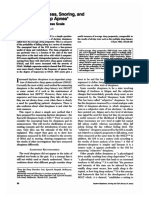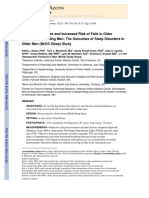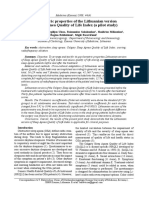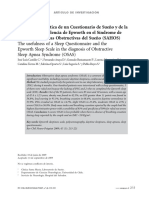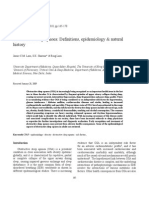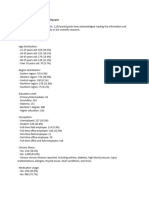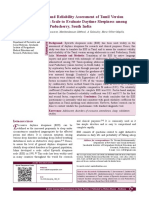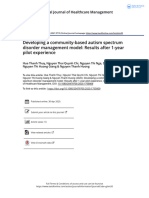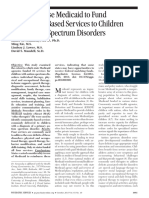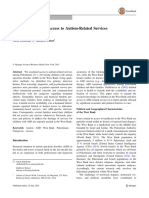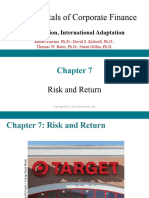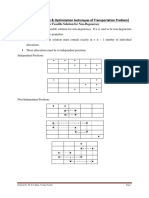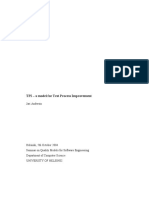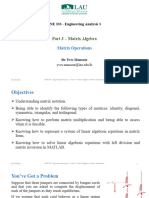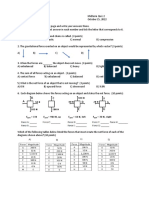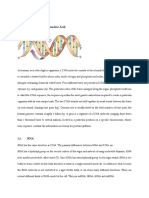0% found this document useful (0 votes)
10 views10 pagesSleping
The study validates the Epworth Sleepiness Scale (ESS) for Portuguese adults using classical measurement theory and Rasch model analysis, demonstrating good structural, internal, and criterion validity. The sample consisted of 222 adults, including those with obstructive sleep apnea, revealing significant differences in ESS scores between OSA patients and healthy participants. Overall, the findings suggest that the ESS is an effective tool for assessing sleepiness in this population.
Uploaded by
patriciafernandes.toCopyright
© © All Rights Reserved
We take content rights seriously. If you suspect this is your content, claim it here.
Available Formats
Download as PDF, TXT or read online on Scribd
0% found this document useful (0 votes)
10 views10 pagesSleping
The study validates the Epworth Sleepiness Scale (ESS) for Portuguese adults using classical measurement theory and Rasch model analysis, demonstrating good structural, internal, and criterion validity. The sample consisted of 222 adults, including those with obstructive sleep apnea, revealing significant differences in ESS scores between OSA patients and healthy participants. Overall, the findings suggest that the ESS is an effective tool for assessing sleepiness in this population.
Uploaded by
patriciafernandes.toCopyright
© © All Rights Reserved
We take content rights seriously. If you suspect this is your content, claim it here.
Available Formats
Download as PDF, TXT or read online on Scribd
/ 10










